|
Mycobank Taxonomy: Fungi, Dikarya, Ascomycota, Pezizomycotina, Pezizomycetes, Pezizales, Tuberaceae, Tuber I did it! I’ve eaten 1001 different mushrooms! What, you thought my goal was to eat “one thousand and one” mushrooms? That’s absurd! Isn’t everything binary in this age of computers? To celebrate the accomplishment of the binary version of this project (1001 = 9), I endeavored into the exquisitely funky world of truffles. While some people make the distinction between “true truffles” (Tuber spp.) and “false truffles” (everything else that grows underground), I’ll refer to them all as truffles. Recently, I learned that truffles are all around us. There are actually over 40 Tuber species native to North America (Guevara et al. 2013 listed 38, and more have been described since) and if you consider underground fungi in other genera, there might be hundreds of species present in the United States!
2 Comments
Mycobank Taxonomy: Fungi, Dikarya, Basidiomycota, Agaricomycotina, Agaricomycetes, Russulales, Hericiaceae, Hericium This magnificent mushroom was growing right off a busy path in the woods. I watched it for days hoping it would grow bigger but not get snatched up by somebody else. Finally, it was ready (and I actually had time to harvest and cook it). Unlike more familiar edible mushrooms with gills or pores, Hericium coralloides has icicle-like spines, or teeth, similar to hedgehog mushrooms (Hydnum spp.). We might be inclined to lump these toothed mushrooms together into the same group, but spines are not a trait indicating shared ancestry. Rather, spines convergently involved in very distantly related taxonomic groups – in this case, Hericium in Russulales and Hydnum in Cantharellales – to achieve a similar mechanism of spore dispersal.
Mycobank Taxonomy: Fungi, Dikarya, Basidiomycota, Agaricomycotina, Agaricomycetes, Boletales, Suillaceae, Suillus If Suillus species were placed under the Hogwarts sorting hat, most would be sorted into Slytherin. They are slimy and downright no good. Suillus ampliporus, on the other hand, would be sorted into Gryffindor because of its firm constitution. It was a pleasure to meet the this noble mushroom in the mossy boglands of northern Michigan. Also known as the larch bolete, S. ampliporus prefers soggy lowlands where it associates as a mycorrhizal fungus with tamarack (Larix laricina). Highlighted by the late afternoon sunshine on the first day of fall, these boletes greeted me in great numbers.
Mycobank Taxonomy: Fungi, Dikarya, Ascomycota, Pezizomycotina, Pezizomycetes, Pezizales, Morchellaceae, Morchella Morels are one of the most sought-after fungi across the world. They are delicious and – for the most part – defy cultivation. Morchella taxonomy and ecology have long been active fields of mycological research, clarified in part by DNA studies, but a long way off from being fully understood. I am fascinated by their ecological dynamism, Morels seem to be saprotrophic, mycorrhizal, and endophytic, depending on the species and the lifecycle stage. Some species also have intimate relationships with fire. As a result, morels are found in an enormous range of habitats and most statements about ecology seem more like recommendations rather than definitive guidelines for how to find them. The same is true for morphology. In the past, species were defined by rigid dichotomies but now we know each species to exist as a probability cloud of various features in which a holistic view of a given specimen is required to determine the name that best applies. Identification is further aided by collecting locale as a good amount of regional endemism is involved in morel biogeography.
Mycobank Taxonomy: Fungi, Dikarya, Ascomycota, Pezizomycotina, Pezizomycetes, Pezizales, Morchellaceae, Morchella Morels are one of the most sought-after fungi across the world. They are delicious and – for the most part – defy cultivation. Morchella taxonomy and ecology have long been active fields of mycological research, clarified in part by DNA studies, but a long way off from being fully understood. I am fascinated by their ecological dynamism, Morels seem to be saprotrophic, mycorrhizal, and endophytic, depending on the species and the lifecycle stage. Some species also have intimate relationships with fire. As a result, morels are found in an enormous range of habitats and most statements about ecology seem more like recommendations rather than definitive guidelines for how to find them. The same is true for morphology. In the past, species were defined by rigid dichotomies but now we know each species to exist as a probability cloud of various features in which a holistic view of a given specimen is required to determine the name that best applies. Identification is further aided by collecting locale as a good amount of regional endemism is involved in morel biogeography.
Mycobank Taxonomy: Fungi, Dikarya, Ascomycota, Pezizomycotina, Pezizomycetes, Pezizales, Discinaceae, Gyromitra Elephant ears lorchel is the most common Gyromitra species in Wisconsin. It grows as a saprotroph and possibly as a mycorrhizal fungus with oaks. You can find it fruiting during morel season along with other spring ascomycetes such as the scarlet cup and devil's urn. These mushrooms can get huge, which is all the more reason to wonder, can I eat them? Confusion and uncertainty reigns about the edibility of this species and other Gyromitra mushrooms. In field guides, Gyromitra is universally labeled as poisonous, even deadly. However, other sources suggest a much more nuanced picture.
Mycobank Taxonomy: Fungi, Dikarya, Ascomycota, Pezizomycotina, Pezizomycetes, Pezizales, Sarcosomataceae, Urnula Finding devil's urn wasn't a problem until I was hunting for it. In the past I would stumble across large flushes of this mushroom and be intrigued by its bizarre look, but honestly I never considered eating it. Then I read about it in Michael Kuo's 100 Edible Mushrooms and was on the hunt. Suddenly, it wasn't so easy to find.
Mycobank Taxonomy: Fungi, Mucoromyceta, Mucoromycota, Mucoromycotina, Mucoromycetes, Mucorales, Mucoraceae, Rhizopus Things have been slow in the field. Right when it seems like there should be morels, it snows. No worries, our refrigerators and pantries are full of fungi. While most of these are molds that we don't want, Rhizopus oligosporus growing on soybeans is one that we do. Better known as tempeh, this Indonesian fermented food is almost more fungus than bean. The white mass holding the beans together is the mycelium of the fungus, which is composed of string-like cells called hyphae. The black spots are areas where R. oligosporus has sporulated. Black, white, and grey are all normal colors on tempeh--more colorful filamentous molds are not. Raw tempeh is edible but like all fungi it is best cooked. Cooking aids in digestion by breaking down chitin in the cell walls--the same substance found in the exoskeletons of arthropods. Would you want to eat a raw shrimp shell? Cook your mushrooms!
MycoBank Taxonomy: Fungi, Dikarya, Ascomycota, Pezizomycotina, Pezizomycetes, Pezizomycetidae, Pezizales, Sarcoscyphaceae, Sarcoscypha I wanted to start the 1001 Mushrooms Project on the right foot by eating a morel. However, it is fitting that Sarcoscypha dudleyi was my first. This is one of the very first mushrooms that fruit in the spring in northern United States. Seeing this red dollop on the forest floor is a little unbelievable after six months of white snow and brown plant debris. Furthermore, S. dudleyi represents the bizarre culinary possibilities of fungi as well as the strange mushrooms that will constitute a large portion of the 1001 mushrooms that I eat.
I divide up the mushrooms I eat into three simple categories of edibility: bad, good, and great. I do not seek out mushrooms that taste bad to me. I will not hesitate to collect mushrooms that I think are good. And mushrooms that are great - I am on the hunt! If the mushroom is poisonous or possibly poisonous, I will simply avoid eating it again unless enough evidence accumulates to suggest that mushroom is actually safe to eat, and I recommend you do the same.
A score of years ago I was living in the mountains of West Virginia. While riding on horseback through the dense forests of that great unfenced state, I saw on every side luxuriant growths of fungi, so inviting in color, cleanliness and flesh that it occurred to me they ought to be eaten. So wrote Charles McIlvaine in the preface of his book entitled One Thousand American Fungi published in 1900. The enduring legacy of this text is the fact that the vast majority of species have information on edibility. Some are simply listed as "esculent", while others receive more extensive descriptions. As an example, McIlvaine wrote for Hypholoma fascicularis: Old authors give it as bitter and poisonous. The bitter is not always present. Any there is disappears in cooking. It is not poisonous, but one of our most valuable species. I have eaten it since 1881. A little lemon juice or sherry will cover the slightly saponaceous taste sometimes present. The caps only are good. It makes a choice pickle and a good catsup. McIlvaine's compulsion to eat almost every fungus he found earned him the nickname Old Ironguts. It's truly amazing that he did not die from mushroom poisoning. While he praised Hypholoma fascicularis for making a choice pickle, this species has since been implicated in paralysis, vision impairment, and death. "1001 Mushrooms" is a nod to One Thousand American Fungi and a continuation of Charles McIlvaine's legacy - an exploration of the fantastic fungi of North America and their consumption by humans. This project is also a one up on McIlvaine - as a civil-war veteran, the guy could afford a cavalier attitude towards mushroom hunting. In my journey to eating 1001 fungal species, I will follow safety guidelines (and recommend that you do as well) such as those described on the Arizona Mushroom Forum. I also hope to store vouchers and sequence the DNA of every species that I eat. This scientific rigor – unimaginable in the early 1900s – will allow for careful and tractable documentation so that as names change I can update my blog to reflect the most contemporary science. Even with sequencing, you might think it were impossible to eat 1001 species of fungi. Well, consider this: in China alone there are 1,789 edible fungal species, which doesn't even include medicinal fungi. Beyond the obvious – fleshy mushrooms floating in a cream sauce and toppings on a pizza – fungi actually appear in all kinds of unexpected food products. Quorn, the producer of vegan meat substitutes, creates its tasty vegan nuggets from Fusarium venenatum mycoproteins. All sorts of fermented and ripened products are created using yeasts or molds, such as cheese, sourdough bread, and alcohol. Soy sauce is made with Aspergillus oryzae, tempeh with Rhizopus microsporus, and furu with Actinomucor elegans. Combine all those foods together and you've just eaten about a dozen species of fungi (and a very strange meal)! Maybe I've convinced you there are enough edible fungi in the world to accomplish my goal. But is there enough time? If I were to eat one new species every single day, it would take about 32 months, or something like 2.7 years. If I were to eat one new species every week, it would take almost 20 years! No doubt this project is a lifelong endeavor. I hope it brings me across the world sampling fungi that humans consume for culinary, recreational, or medicinal purposes. I think it's time I stop poking at this keyboard and find a fungus to eat. Comment below and let me know what fungus you think I should try next! ReferencesMoney, N. P. (2011). Mushroom. Oxford University Press Willis, K. J. (2018). State of the World’s Fungi. https://doi.org/10.1103/PhysRevLett.74.2694
I have been going to the woods as often as I can - two to three times a week - to catch sight and fill my basket with spring mushrooms. Morchella spp. (morels), the holiest of spring mushrooms for mycophagists, is my target. Along the way, I hope to find Helvella spp. and Gyromitra spp. These are all large, fleshy ascomycetes. Recently, I got a copy of Ascomycete Fungi of North America: A Mushroom Reference Guide by Beug, Bessette, and Bessette. The beautiful images in this book have inspired me to find more ascomycetes and not just the large gilled and pored species of Basidiomycota.
|
PermalinksProject Introduction Top EdiblesHericium coralloides
Laetiporus sulphureus Morchella americana Polyporus umbellatus Suillus ampliporus Archives
April 2023
Categories |
|
|
Terms of Use, Liability Waiver, and Licensing
The material on aldendirks.com is presented for general informational and educational purposes only, and under no circumstances is to be considered a substitute for identification of an actual biological specimen by a person qualified to make that judgment. Some fungi are poisonous; please be cautious. All images on this website are licensed under Attribution-NonCommercial-NoDerivatives 4.0 International (CC BY-NC-ND 4.0). |
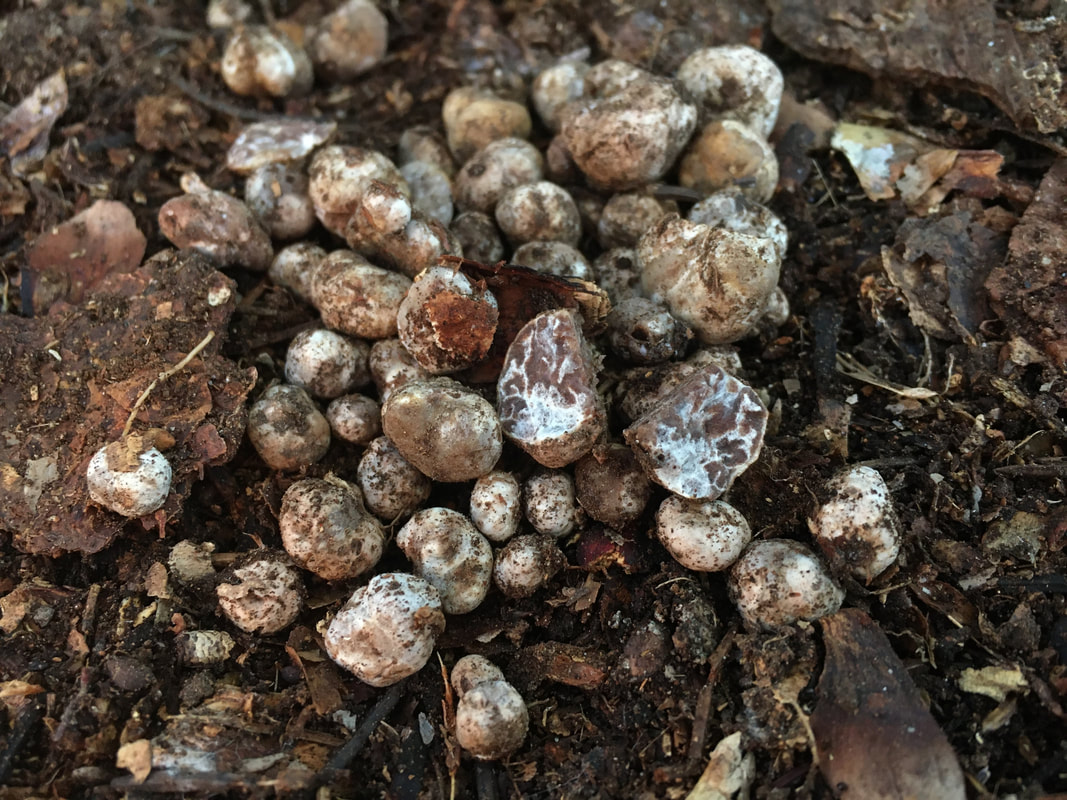
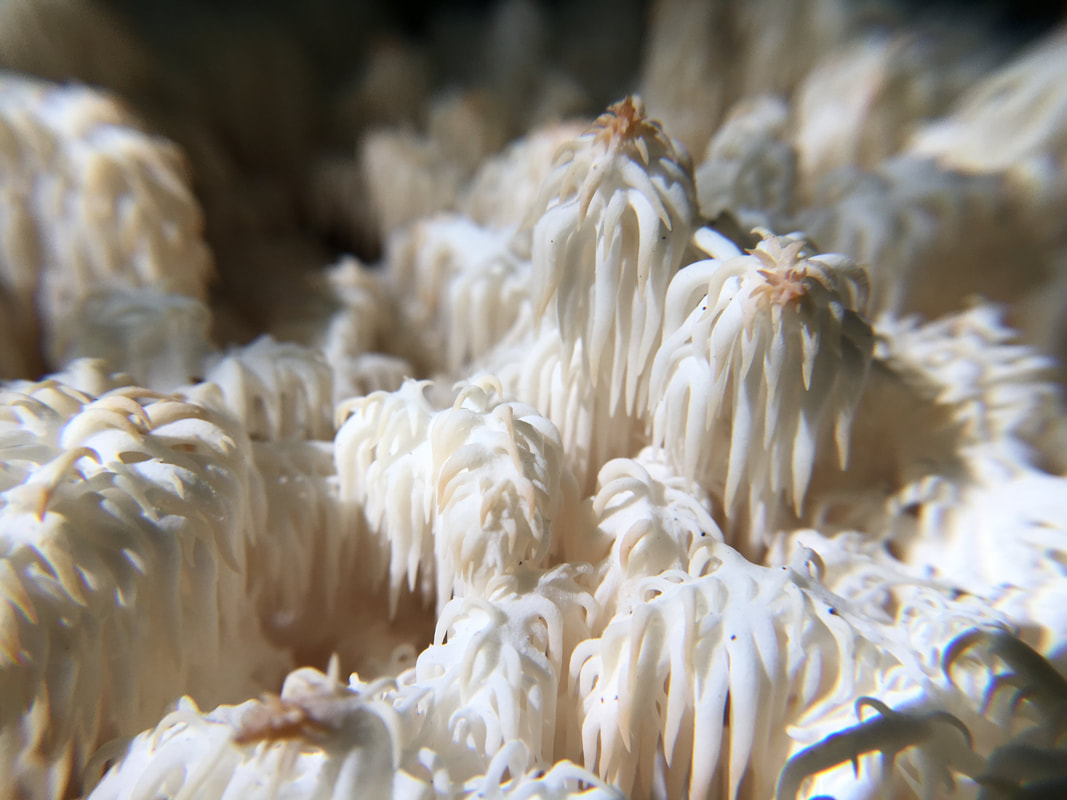
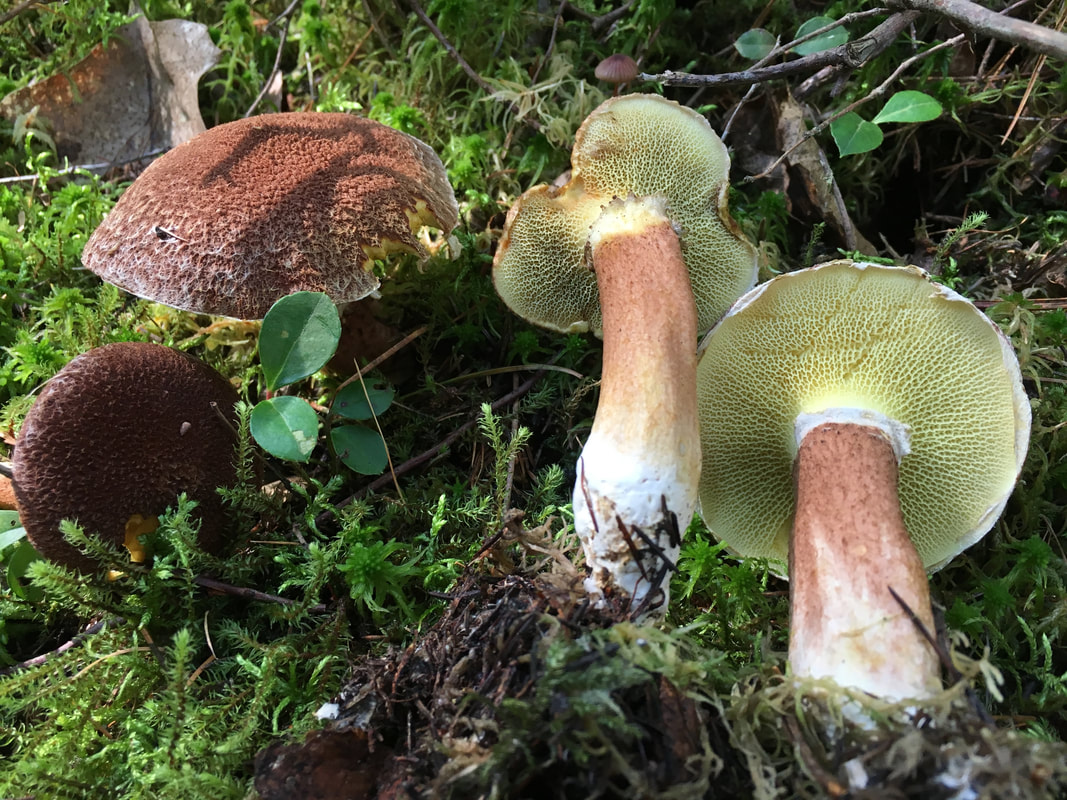
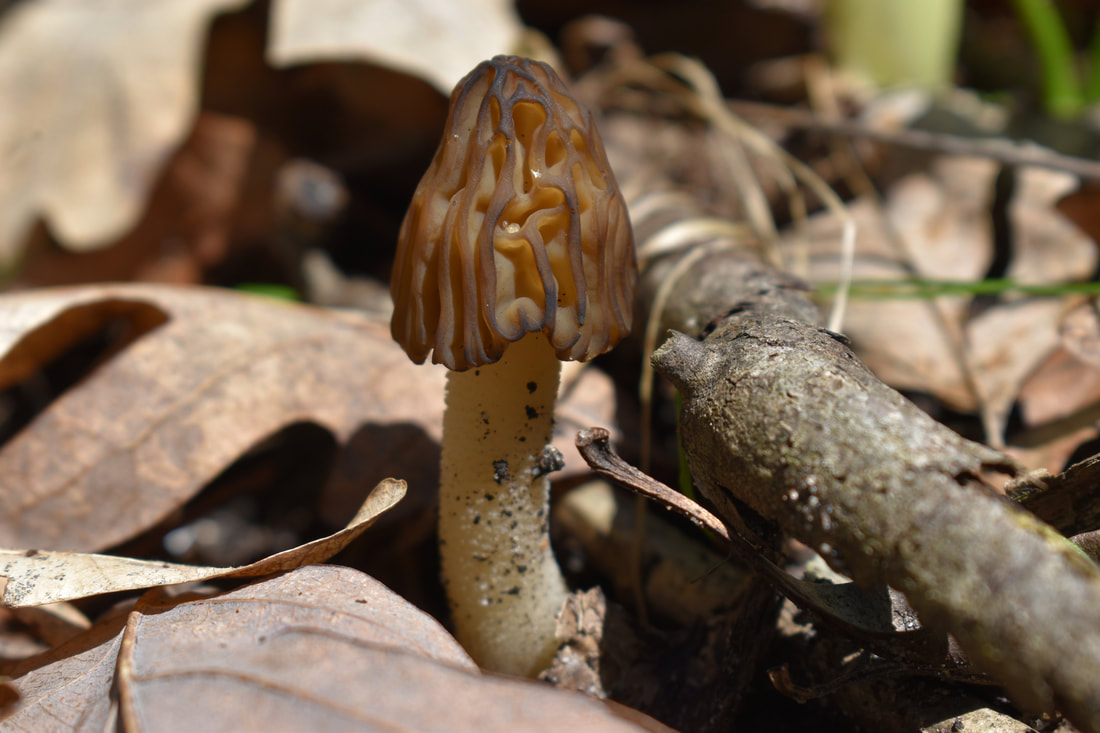
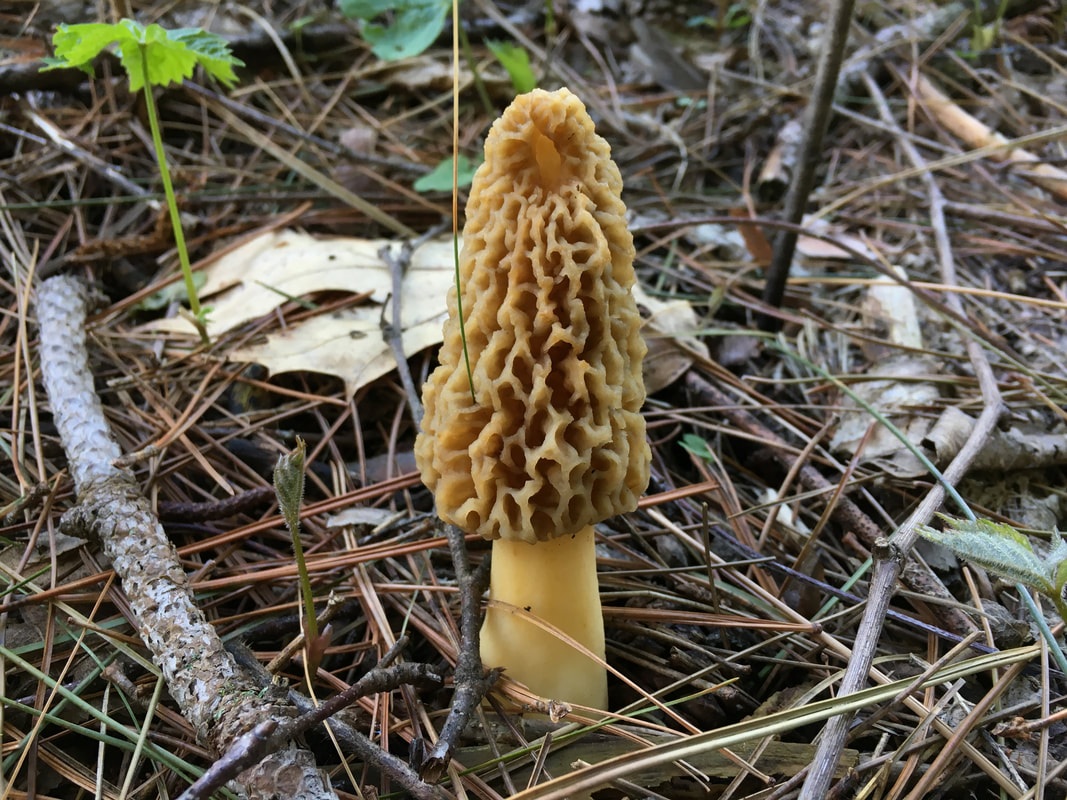
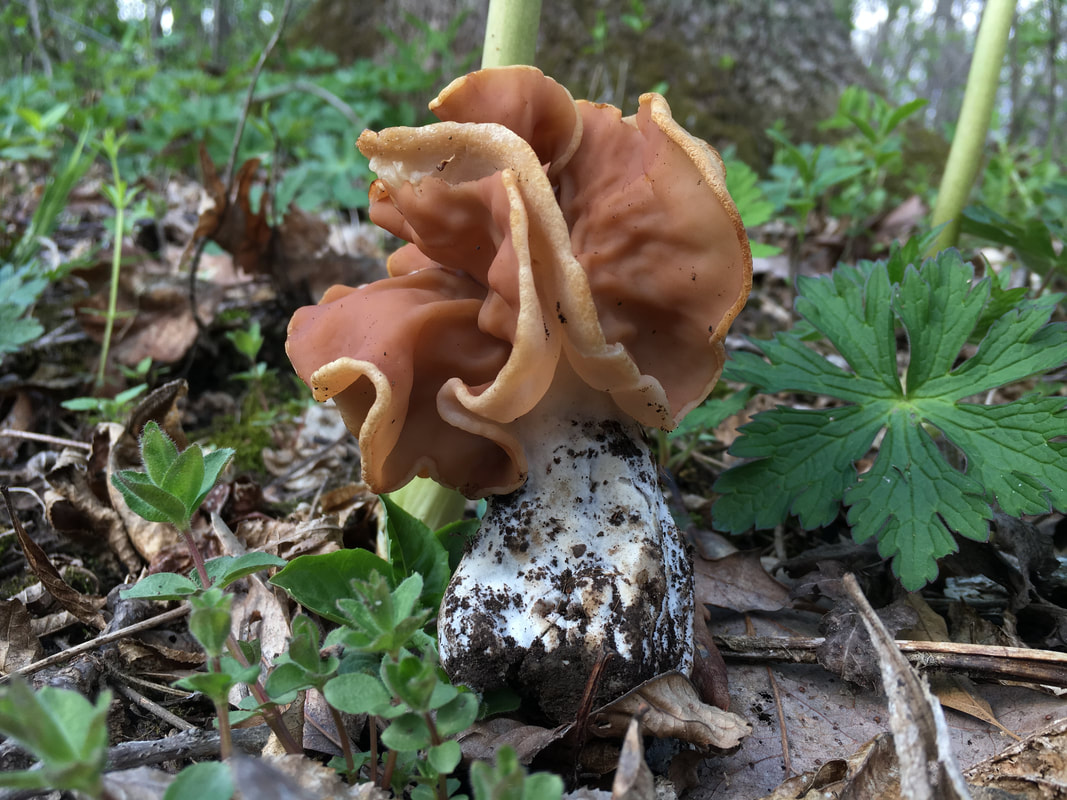
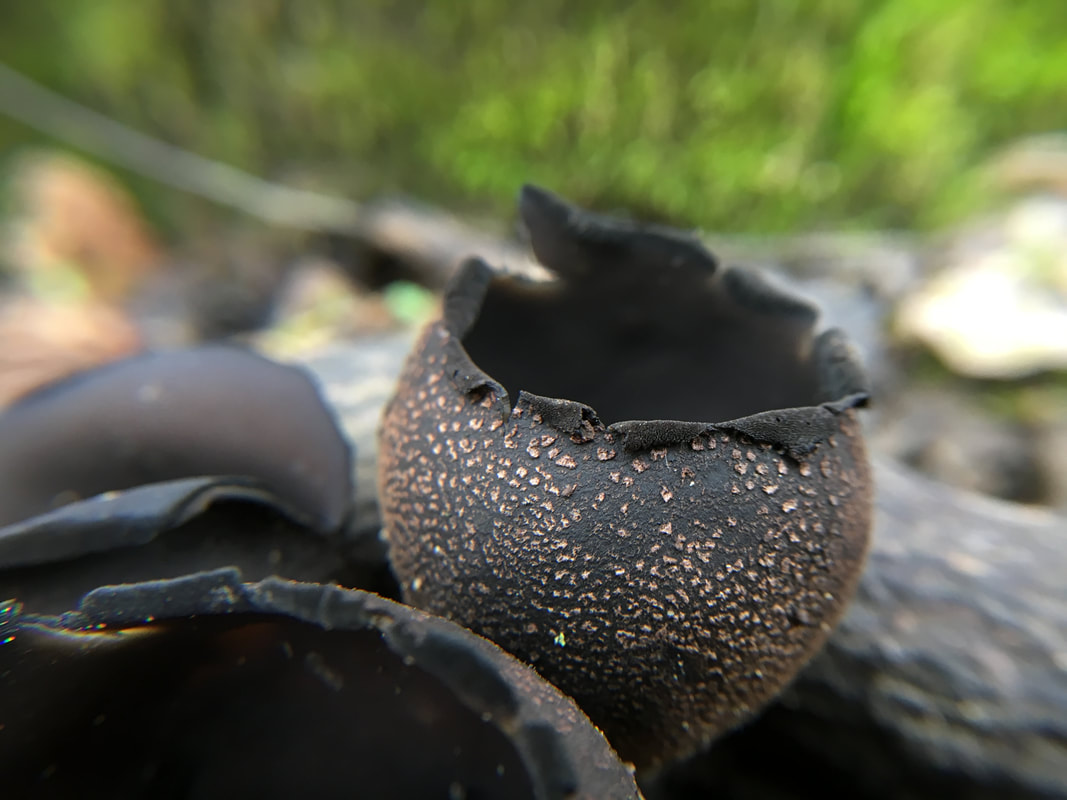
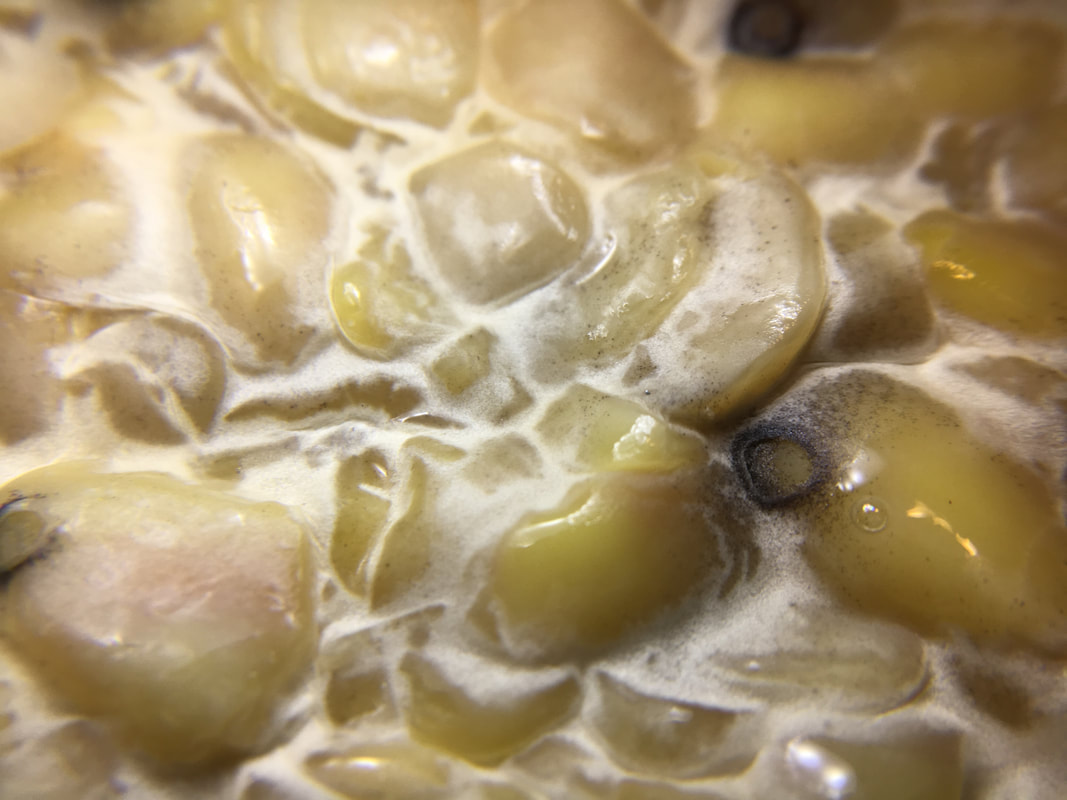
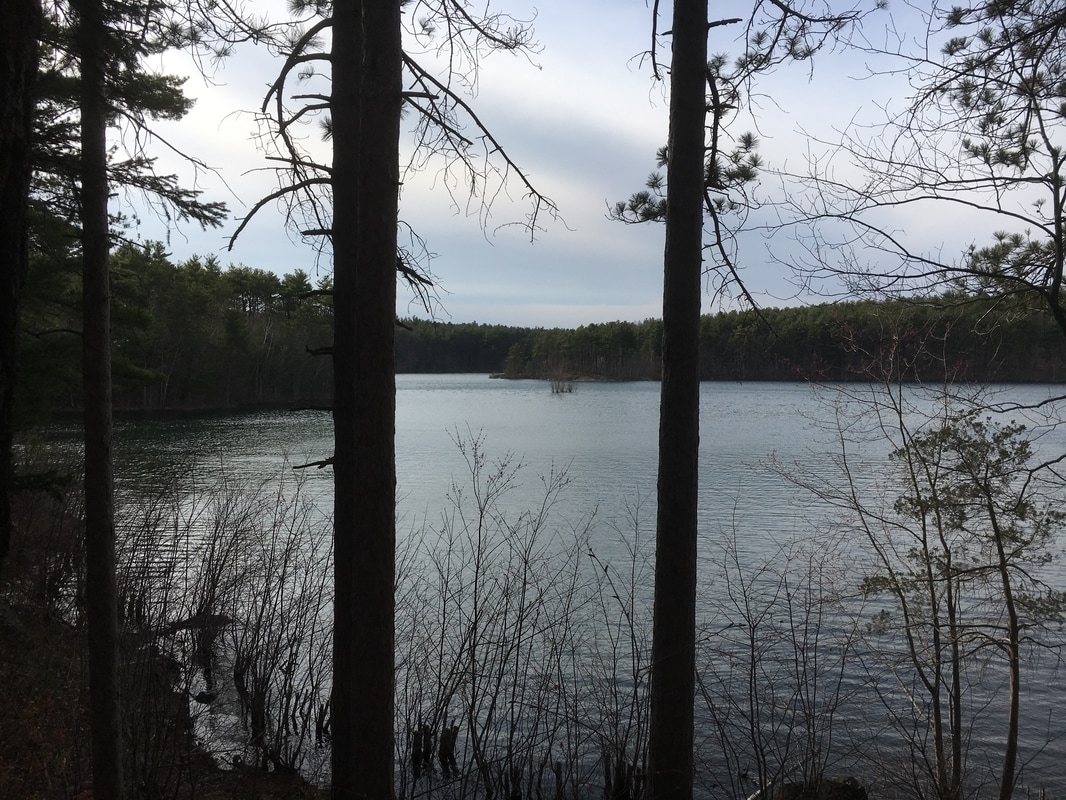
 RSS Feed
RSS Feed




